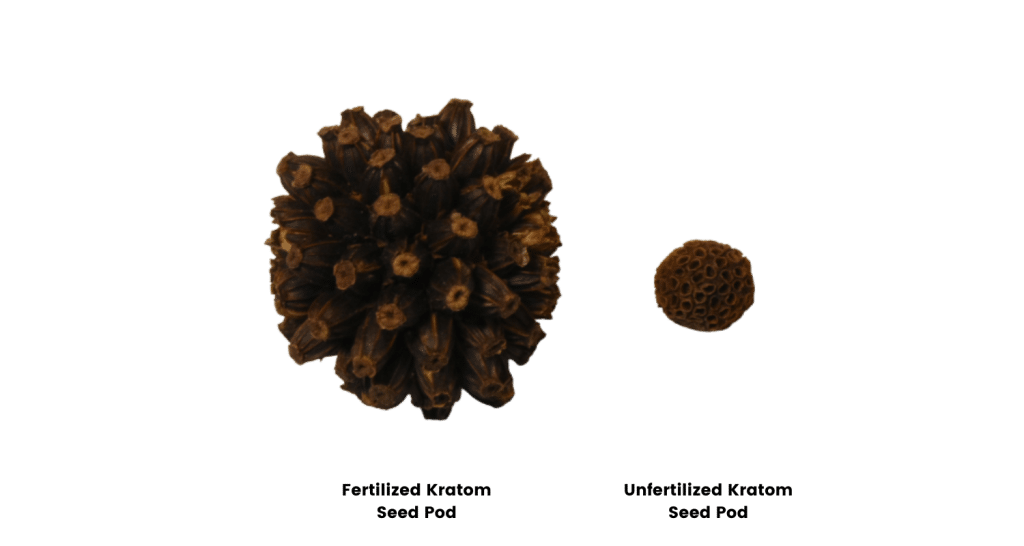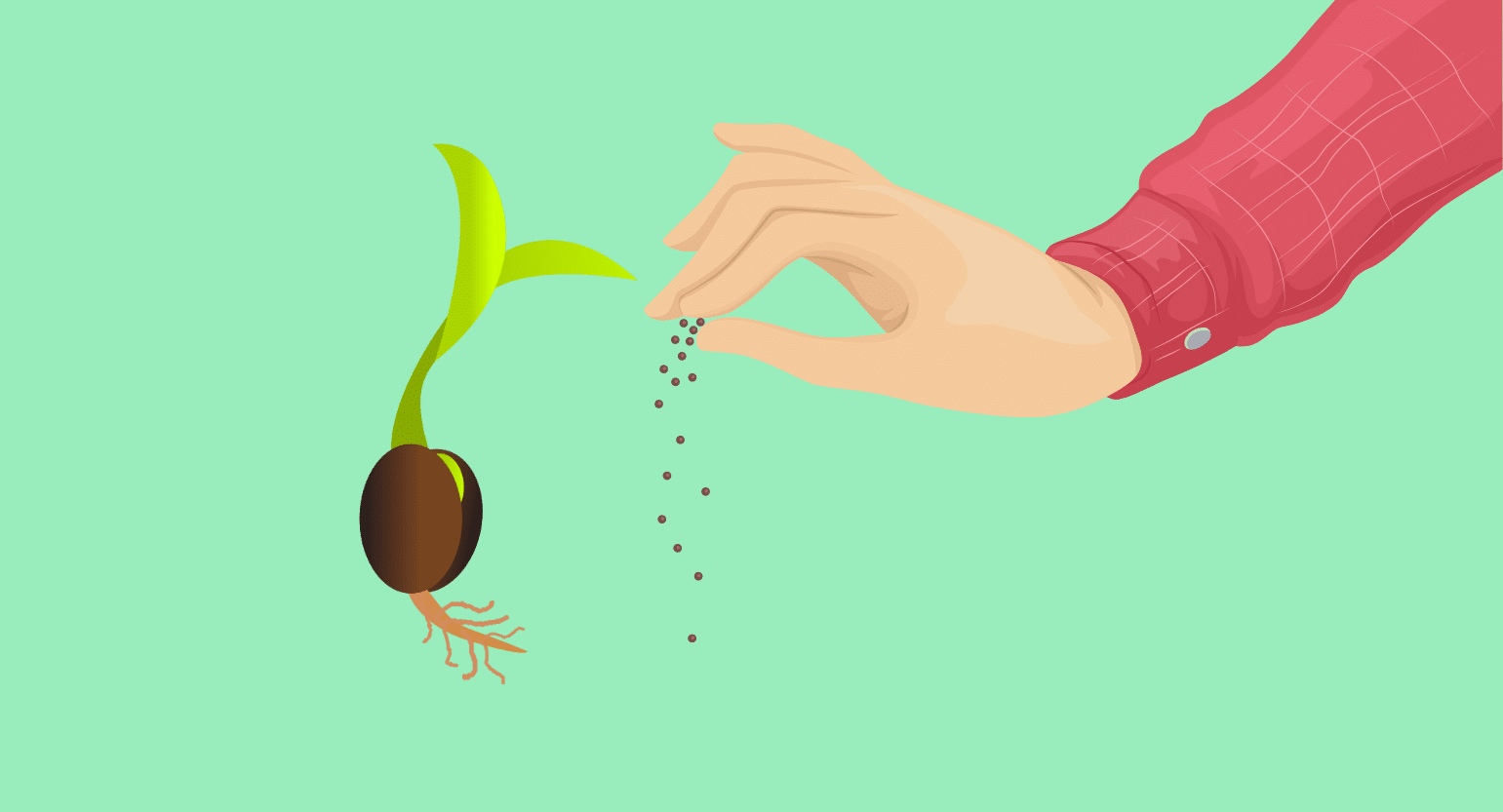Why Should I Grow Kratom At Home?
Whether you’re a kratom enthusiast, a botanist, or simply interested in the fascinating Mitragyna speciosa tree, growing kratom from seed can teach you a lot about the plant as a whole.
While it can take several years to grow your tree to a size that produces enough leaves to use, once you get there, you generate a nearly endless supply of kratom at home.
Here are some of the reasons people choose to grow kratom at home:
- Kratom is a beautiful tree — aside from its medicinal value, it’s a nice tropical indoor plant species for your home or office
- Growing a plant from seeds garners a deeper level of connection, understanding, and appreciation for the plant
- Growing your own kratom tree could save you a lot of money in the long-run
Is it Legal to Grow Kratom At Home?
Different countries have different laws and regulations surrounding the cultivation of kratom.
Currently, in the United States, it’s perfectly legal to grow your own kratom.
Related: Is Kratom Legal? A State-by-State Analysis
Kratom Seeds: Physical Appearance

The first thing that you’ll probably notice about kratom seeds is that they look, well… unique. The seed pods, at least, look pretty wild, and chances are that you’ll notice the seed pods first. The actual seeds hidden inside the pods are fairly unassuming.
A fertilized kratom seed pod kind of looks like a larger-than-life, 3D-printed version of the coronavirus. You’ve almost certainly seen the international coronavirus image circulating in the media. It’s a spiny, red, and mostly symmetrical multifaceted virus shape.
The unfertilized kratom seed pod looks more like a round ball, not quite a sphere. It is covered in small bumps that become the spines once the pod is fertilized.
There are some other leafy, spiky components found within the seed pod that can confuse people searching for the seed. Once you break open the pod, the structure disintegrates, and the different fibers and seeds intermingle.
The seeds look quite similar to the other bits inside the pod. They contain a somewhat larger central core with two ‘wings’ growing thinner as they point outwards.
When you’re dealing with small things like seeds, it can be pretty difficult to give an accurate written description of their appearance. For this purpose, you might be interested in checking out a visual guide.
Can Kratom Grow in The United States?
Kratom trees really enjoy the lush jungle climates in Southeast Asia. They thrive in hot, moist areas. If you’re living in North America, you’re probably not going to be able to sprout and maintain kratom outside.
Some of the warmer and moister parts of the content, such as the areas around the Gulf Coast, might be suitable for growing kratom outdoors. People living in Hawaii or parts of Florida have the best chance of getting kratom to survive outdoors and reach fairly large sizes after a couple of years.
Of course, you can always use a greenhouse to simulate the conditions of the plant’s native land. This is the best way to ensure that you’re always giving your plant its ideal light and temperature.
Whatever you choose to do, be aware that there are already several fairly successful American kratom farms.
How to Grow Kratom From Seeds or Cuttings
How to Grow Kratom From Seeds
If you choose to go the route of planting kratom seeds, here’s a quick guide on how to do so. Remember that the success rate is around 20% for fresh seeds, with dried seeds being significantly lower.
In other words, don’t get upset with yourself if your kratom seeds don’t sprout up immediately or at all. Sometimes they just won’t.
Your best bet is to use a medium-to-small pot or to start your seeds in a potting tray with a grow lite. Cover the seeds gently with a very thin layer of fertile soil and make sure that you keep them damp.
Setting Up the Soil & Growing Environment
You need to simulate the soil conditions of Southeast Asia. This would involve finding rich tropical soil that retains a lot of moisture without being too wet. You’ll need at least 10 hours of light exposure, which is easiest to achieve by employing grow lights.
You should also add some soil buffers to increase the alkalinity of the soil.
Planting the Seeds
Once you’ve either bought or mixed up your tropical soil mix, fill a small container with soil, leaving about 2 inches from the top. Sprinkle your seeds over the surface of the soil and lightly cover them.
Spray some water over the soil to moisten it, but make sure it isn’t soaking wet.
Add some plastic wrap over the top to create a bit of a greenhouse effect. This will increase the ambient humidity of the container.
Make sure to remove the plastic wrap once per day to allow new air to flow and prevent anaerobic bacteria or mold.
It can take several weeks for kratom to sprout, so be patient.
How to Grow Kratom From Cuttings
As mentioned earlier, seeds aren’t the only way to grow a new kratom plant. Cuttings are another option, and to many, the more appealing choice. The success rate with using cuttings is much higher, but they’re difficult to find.
Cuttings are small trimmings taken from living kratom plants. They are sold in soil and ready to grow. Rather than having to deal with propagating the plant from seed, you just have to ensure that it doesn’t die.
For a kratom seed to successfully propagate, it needs to be extremely fresh. The chances of getting fresh seeds in North America are slim. Cuttings, on the other hand, are already alive and growing.
Improving Success With Kratom Seeds
The biggest issue that you’ll face when trying to grow your own kratom from seed is the freshness (or lack thereof) of your seed. On top of that, even when seeds are fresh, only about 20% of them — one in five — will germinate.
Plus, the chances of getting fresh seeds are pretty slim unless you’re willing to put in some extra effort and, most likely, fork out some money for priority shipping. A seed isn’t considered fresh after it’s been separated from its parent tree for more than a few days.
Most of the seeds you can buy online, of course, aren’t fresh. Unless you can find a vendor offering seeds that they picked and direct-shipped with priority mail that same day, you’re probably going to have to get kratom seeds locally from one of the new North American kratom farms.
Or, you’ll have to take your luck with dried online seeds. With these dry seeds, you can expect the germination rate to be even lower, with as few as one in every twenty seeds sprouting. And sprouting doesn’t necessarily mean thriving or even surviving.
I Still Want to Grow Kratom – What Can I Do?
If you want to grow kratom but you’re a bit unnerved by the low success rate of planting dried seeds, we don’t blame you. The rate of success is horrendous at best. Cuttings are significantly easier to work with but still don’t provide a guarantee of success.
Here are a few ideas that can help you get on the right track to growing kratom.
Make sure that you have the proper growing conditions available.
Most likely, this means having a large greenhouse that can be kept at tropical temperatures throughout the year. Or, you should live in an area like the Gulf Coast that is constantly hot and humid. Anywhere else, and kratom will have a hard time thriving.
Try purchasing kratom seedlings. Kratom seedlings are already sprouted and eliminate the hassle of having to wait for your own dried seeds to sprout. However, buying seedlings from vendors can’t really guarantee that they’ll be fresh until they arrive at your door.
Make sure that the soil is suitable. You want to make sure that the soil has lots of nitrogen. You’ll also need to water properly and make sure that your kratom is fertilized.
Try using kratom clones or cuttings. You might be lucky enough to get your hands on a kratom clone, especially if you live somewhere near one of the North American kratom farms. Clones are made from the trimmings of established plants; they are a popular way to propagate medicinal plants of many different types.
Since the plant’s already established, you don’t have to worry about making sure that it germinates. However, you’re still responsible for its ensured survival. That is if you’re lucky enough to even find one.
Final Thoughts: How to Plant Kratom Seeds
Kratom seeds are notoriously difficult to grow. The success rate of growing kratom seeds varies from around 5% to 20%. Kratom can also be grown from cuttings and clones, although these are often more challenging to find.
In either case, if you’re interested in growing kratom, you should consider looking for fresh seeds, seedlings, or cuttings. These are the best options for producing plants that will actually thrive and survive.
Remember, it can take 3–6 years for your kratom tree to grow large enough to start harvesting the leaves.

